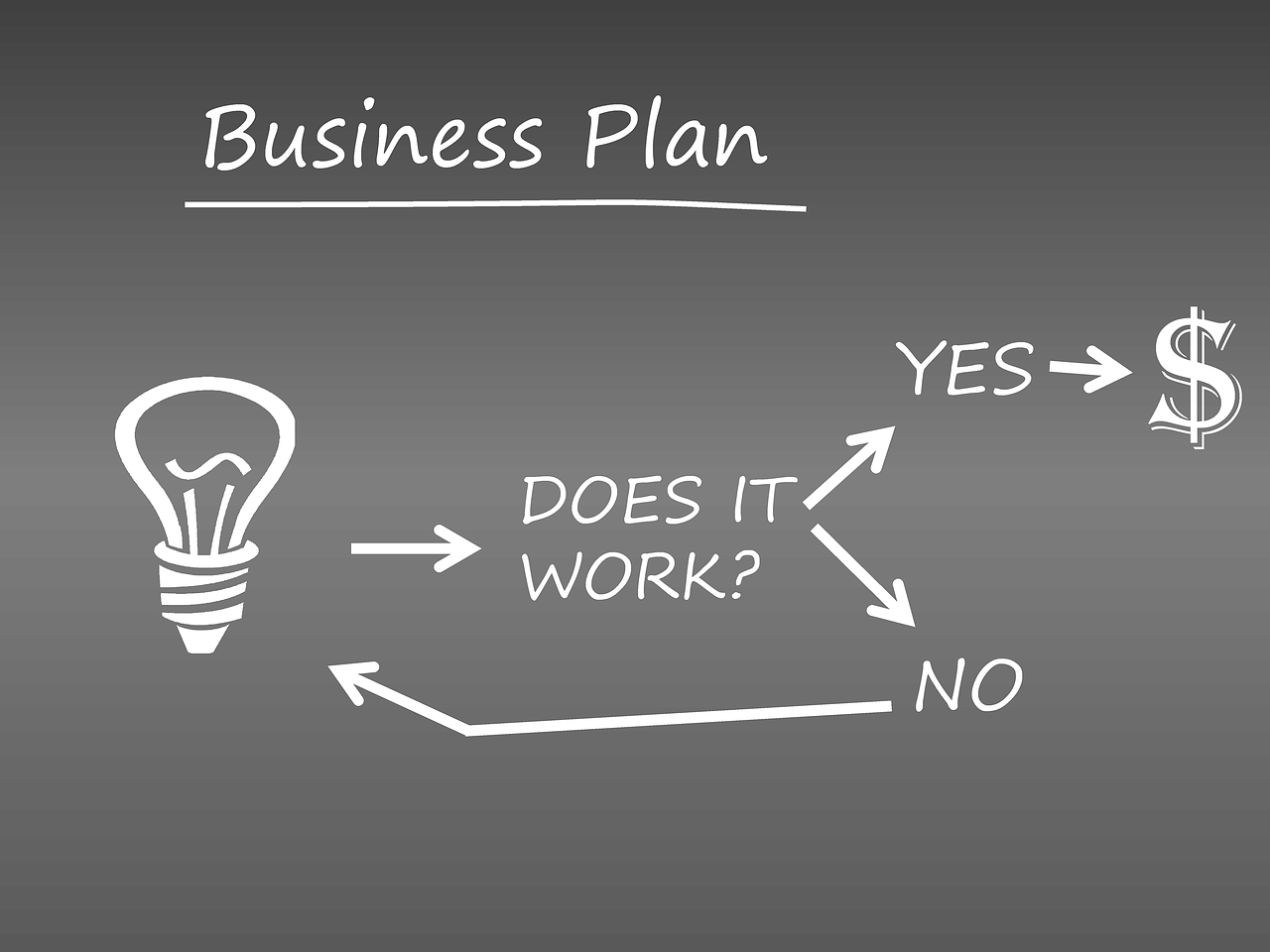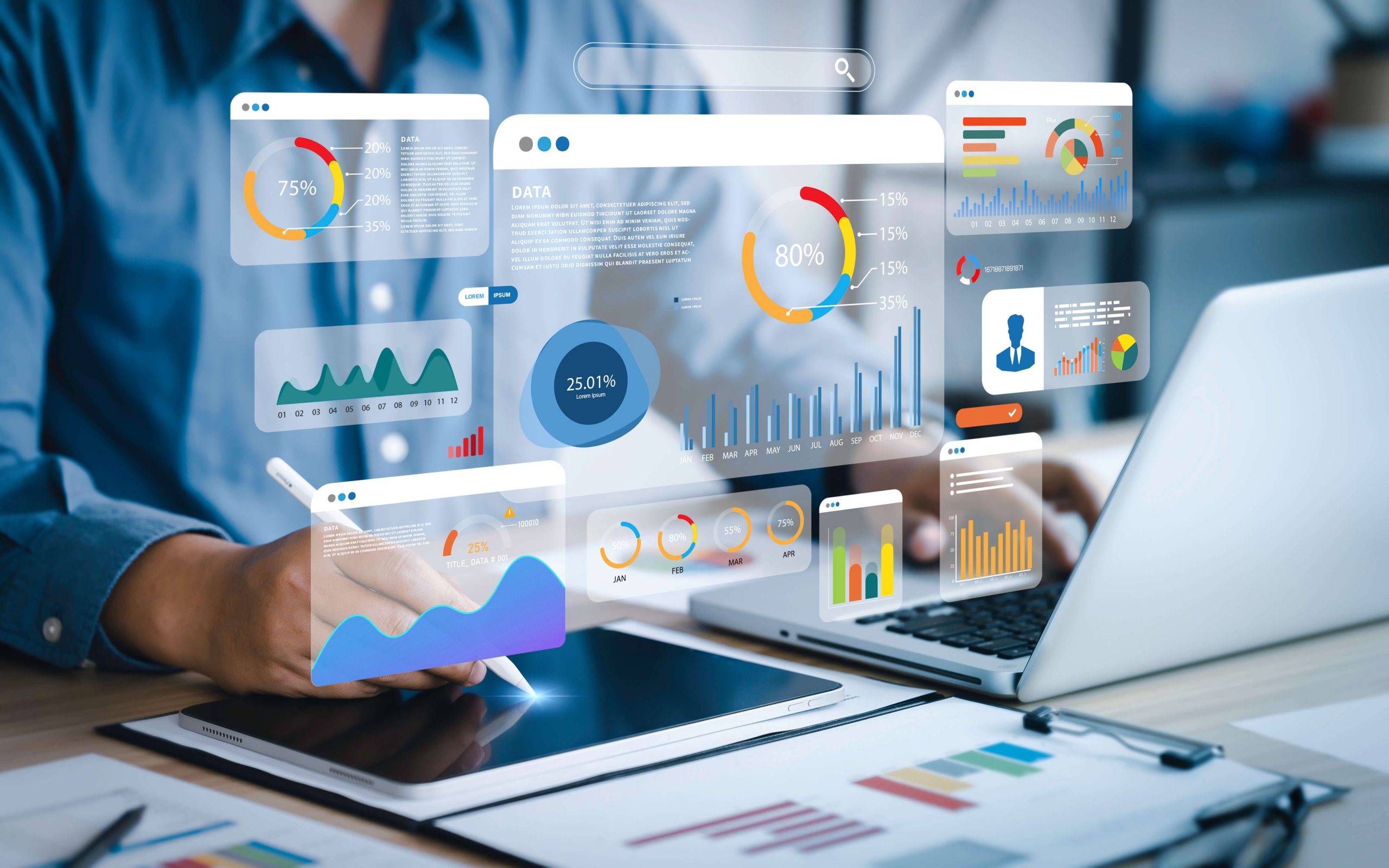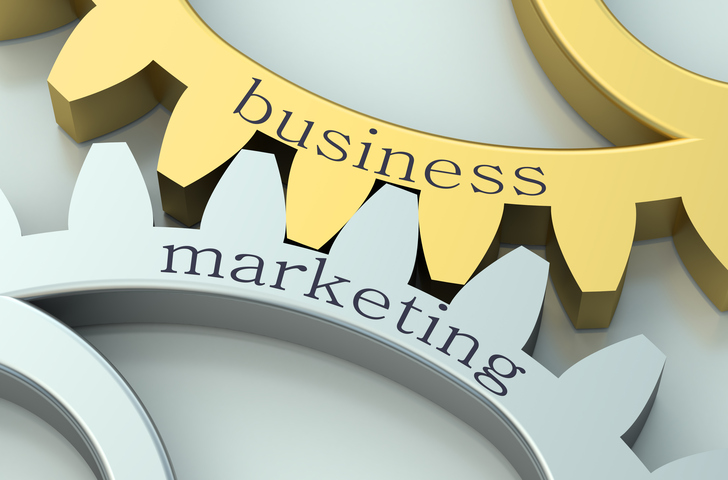:strip_icc():format(jpeg)/kly-media-production/medias/1287846/original/039891700_1468469266-What-is-a-Business-Plan-a.jpg)
In a world defined by rapid technological change, evolving consumer values, and constant economic shifts, the role of a business plan has dramatically transformed. No longer just a formal document created to woo investors or fulfill a requirement at the bank, the modern business plan has become a strategic tool for innovation, adaptability, and long-term impact.
It’s not just about projections anymore—it’s about purpose. Whether you’re a solo entrepreneur launching a tech startup or a social enterprise aiming to solve global challenges, your business plan is the compass that guides you. This article explores how business plans have evolved to reflect today’s realities, how to create one that truly works, and why it’s more relevant now than ever.
The Shift: From Static Document to Living Strategy
Traditionally, business plans were static. You wrote them once, got funding, and stored them away in a drawer. In contrast, today’s business plans are living, breathing documents that are regularly updated to reflect changes in the market, customer feedback, and technological advancements.
This shift reflects the modern business landscape:
Agility is a survival skill. Companies must pivot quickly.
Innovation is a baseline expectation, not a bonus.
Social and environmental responsibility matter to customers and investors alike.
In essence, a modern business plan tells a story—not just about numbers and projections, but about vision, values, and how a business contributes meaningfully to the world.
Why Business Plans Still Matter in 2025
Some may argue that in a fast-paced digital era, a business plan is no longer necessary. After all, successful startups have emerged with nothing more than a pitch deck and a prototype. But that’s a narrow view.
A modern business plan serves several vital purposes:
1. Strategic Alignment
It helps everyone—founders, partners, employees, and investors—stay on the same page. When your business scales or pivots, the plan evolves to reflect new strategies and goals.
2. Financial Clarity
While vision is crucial, financial planning provides the framework to make it sustainable. Modern plans include realistic cash flow models, funding projections, and contingency plans.
3. Innovation Integration
Today’s plans show how a company stays ahead of trends. This includes adopting new technologies, leveraging AI, and responding to shifts like remote work or decentralized finance.
4. Societal Relevance
Stakeholders increasingly demand businesses that make a positive impact. A modern plan outlines how your company aligns with values like diversity, sustainability, and ethics.
Core Components of a 2025-Ready Business Plan
What makes a business plan effective in today’s environment? Here’s a breakdown of the essential elements that modern entrepreneurs include:
1. Executive Summary 2.0
This isn’t just a summary of your plan—it’s a punchy, clear snapshot of your business’s purpose, problem-solving mission, and why it matters now. It should answer:
Who are you?
What problem do you solve?
Why now?
2. Purpose-Driven Vision
Millennials and Gen Z are driving the purpose economy. Businesses that lead with purpose gain more trust, loyalty, and long-term traction. Clearly define your “why.”
3. Market Insight with Data
It’s not enough to estimate market size. Use real-time data, consumer behavior analytics, and AI-generated forecasting to define your market landscape.
4. Competitive Differentiation
Modern business plans go beyond a SWOT analysis. They incorporate market positioning frameworks like Blue Ocean Strategy or Value Proposition Canvas to show how the business truly stands apart.
5. Sustainable Business Model
This means not only a model that is profitable but one that’s sustainable—ecologically and socially. Modern consumers prefer brands that care about their environmental footprint and labor practices.
6. Technology Integration
Whether you’re in e-commerce, healthcare, or food services, tech plays a role. Outline how your business uses (or will use) AI, blockchain, IoT, or automation to scale.
7. Inclusive and Ethical Culture
Modern plans emphasize team culture and DEI (Diversity, Equity, Inclusion). Investors want to know your leadership values and workplace ethics.
8. Financial Strategy with Multiple Scenarios
Gone are the days of linear projections. Use scenario planning to show how your business will react to various conditions—recessions, market shifts, or global events.
9. Innovation Roadmap
Highlight your roadmap for innovation. What’s your product or service evolution in 6, 12, or 24 months? How do you plan to stay ahead?
Innovation as the Backbone of Modern Business Planning
One of the biggest differences between traditional and modern business plans is the centrality of innovation. Here’s how innovation is reshaping planning:
AI-Powered Forecasting
AI tools now assist in predicting consumer behavior, optimizing supply chains, and even suggesting product features. Integrating AI into your planning process can give your business a data-driven edge.
Sustainability as Innovation
Green practices are no longer a PR tactic—they’re a business strategy. Companies are innovating through eco-friendly packaging, circular economies, and carbon-neutral goals.
Remote and Hybrid Work
The shift to remote work redefines how businesses structure teams, manage productivity, and scale. Business plans now address this shift explicitly.
Case Studies: Business Plans that Adapted and Thrived
1. Canva
Initially planned as a tool for school yearbooks, Canva pivoted based on user feedback to become a global design platform. Their business plan adapted from a niche product to a universal visual communication tool.
2. Patagonia
Patagonia’s business plan is built around environmental activism. They’ve donated company profits to environmental causes, proving that purpose can coexist with profit—and even amplify it.
3. AirBnB
What started as a way to make extra rent money turned into a disruptive global brand. Their evolving business plan allowed them to adapt through legal challenges, a pandemic, and digital transformation.
Tools for Writing Modern Business Plans
Thanks to innovation, creating and updating a business plan is more efficient than ever. Here are some tools you can use:
LivePlan: Offers templates, forecasting tools, and easy editing.
Notion: A flexible platform for real-time collaboration and updates.
Bizplan: Great for startups seeking funding.
Canva: For beautifully visualizing your plan.
Also consider integrating AI writing assistants or market intelligence platforms for real-time data input and competitor analysis.
Trends Shaping the Future of Business Planning
The landscape isn’t static. Here are five trends that are reshaping how business plans are written and used:
1. Continuous Planning Models
Just like Agile development, modern planning involves short cycles, regular updates, and feedback loops.
2. Data-First Decision Making
Businesses are increasingly using big data and machine learning to guide every aspect of their plan, from pricing to user acquisition.
3. Global by Default
Thanks to e-commerce and digital platforms, modern businesses plan for global audiences from day one.
4. Purpose and ESG Integration
Environmental, Social, and Governance (ESG) goals are becoming mandatory in many sectors. Plans now include sustainability metrics and long-term impact analysis.
5. Community-Driven Planning
Crowdfunding and community platforms like Kickstarter have turned customers into stakeholders. Modern business plans reflect this, accounting for community feedback and co-creation.
How to Keep Your Business Plan Relevant Over Time
Schedule quarterly reviews: Just like a financial audit, assess your business plan every 3 months.
Use dynamic tools: Choose platforms that allow you to edit, share, and collaborate in real-time.
Get feedback: Include advisors, early users, or mentors in your planning process.
Tie everything to KPIs: Set measurable goals and adjust as you scale.
Final Thoughts: It’s More Than a Document — It’s a Mindset
A modern business plan is not about predicting the future with spreadsheets—it’s about preparing for it with strategy, values, and vision. It’s a reflection of your adaptability, your clarity of purpose, and your commitment to delivering value—not just for customers, but for society as a whole.
So whether you’re launching your first side hustle or steering a multimillion-dollar enterprise, don’t treat your business plan as a formality. Treat it as your North Star.
Because in today’s world, businesses that thrive aren’t the biggest or the fastest—they’re the ones that adapt with purpose.













:max_bytes(150000):strip_icc()/Term-Definitions_Digital-Marketing-5ae6ea1aee934b02a94a1a4d9401443d.jpg)

